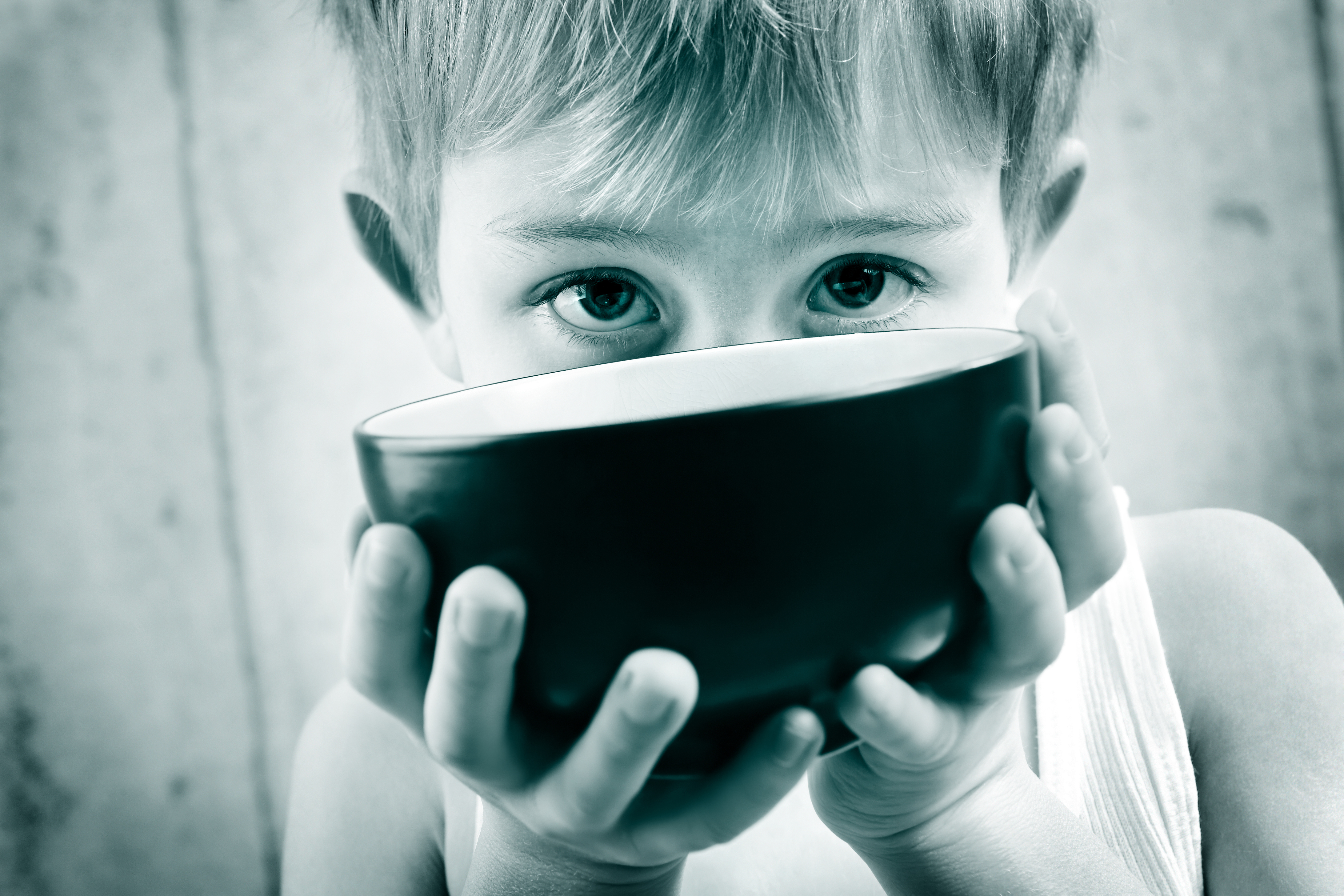Q. I work with many families who earn pretty low incomes. I am often asked by well-intentioned community members and businesses what they can do to help. I was recently contacted by a local discount chain store that wants to donate the almost-expired food that they cull from their shelves. Almost all the food I received was high-calorie, low-nutrition. I’ve decided to keep these kinds of foods out of my own diet, but what do I do with these donations? Do I deliver them to the families and become complicit in the cycle? Or do I just throw the food away and become part of that waste cycle?
Nelda R.
Logan, Utah
A. Dearest Nelda,
If only this donation had been laced with E.coli. That would be an easy one. But instead of a clear and present danger, the boxes of junk food you’re dealing with pose a subtler, more insidious risk to your clients. A few bags of Cheetos aren’t going to kill anyone, true. But you’re thinking big-picture — and cheers to that.
Look into that big picture, and here’s what you’ll see: Many low-income families are stuck eating a lot of high-calorie, low-nutrition foods because these processed items tend to be much cheaper than the healthier stuff (that goes double for organic items). What’s more, they might not have easy access to grocery stores and farmers markets (the food desert phenomenon). These are just two of the many factors that make low-income families at risk for obesity and all its attendant maladies, such as hypertension, heart disease, and diabetes. Knowing this, Nelda, it’s no wonder you’re thinking twice about your latest bounty.
Really, you’re trying to deal with two major problems at once. On the one hand, there’s hunger — an immediate and vital concern. On the other, there’s food justice — the notion that everyone deserves access to food that’s healthy for them and for the planet.
You’re not the only one wrestling with these issues. Food banks all over the continent are struggling with what to do with not-so-healthy donations. (This one said “No, thanks” to junk food entirely, and suffered lots of backlash for it) So I posed your question to Megan Bradley, program manager for the nonprofit Cooking Matters Colorado. Her answer: Don’t waste it when hungry families might really need it. “But foods can always be healthier,” she said. Instead of throwing away the donations you have, she advises helping your clients use them in healthier ways.
“Take high-sodium soup as an example,” Bradley said. “Can we add frozen or canned veggies that are rinsed to reduce the sodium? Can we dilute the sodium over several days by stretching it with rice? And we can also talk about portion sizes.” Perhaps you can whip up a simple handout of healthy tips to distribute along with the food this time around.
And the next time a well-meaning donor offers to contribute? Now it’s time to get specific, Nelda. Tell the donor that you’re trying to provide fresh, healthy foods, and share a list of exactly what donations you and your clients most desire: Think brown rice, whole-grain cereals, fresh fruits and veggies, beans, and spices so people have something for flavor beyond salt (head over here for a great sample list). You might not get 100-percent compliance, but that’s okay. Upping the kale-to-potato chip ratio in your offerings is already a big step forward.
You might also consider reaching out to neighborhood community gardens and farmers to solicit donations of fresh, local, maybe even organic produce. Bradley recommends registering with Ample Harvest, a directory that connects food pantries looking to receive the good stuff with gardeners looking to share.
And what can those of us who don’t work in social services take away from Nelda’s dilemma? ‘Tis the season of big food drives, so I heartily encourage all of you to be part of the solution. Do donate food to help struggling families in your town, and do feed them the way you’d feed yourselves. Seek out whole grains, low-sodium canned items, dried beans and fruits, lentils, and nuts. If the food bank can store fresh food (many can, but check first), load up on produce — even from your own garden! Do go organic if you can, and don’t just offer highly processed stuff. It’s easier on your neighborhood food bank and better for the families you’re helping — now there’s something to celebrate.
Generously,
Umbra



